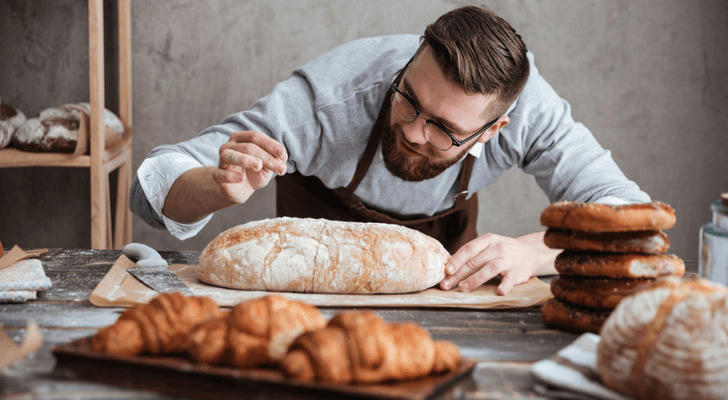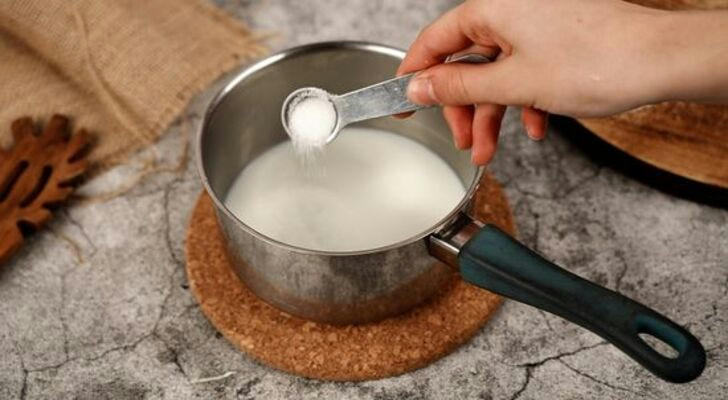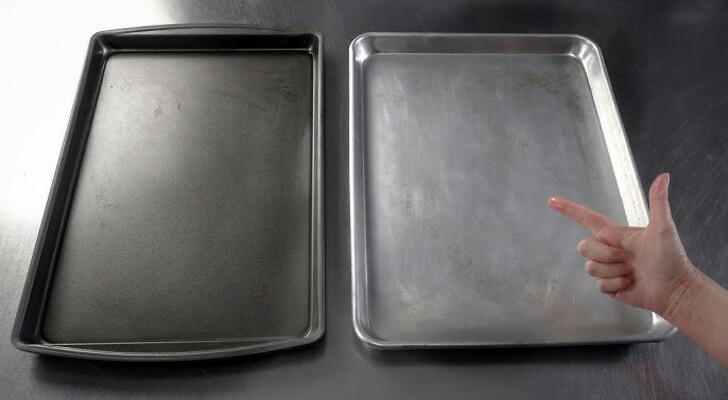Bake It Till You Make It: The Most Common Baking Fails (and How Bakers Fix Them)
Baking can feel like magic—combining a handful of basic ingredients to create something warm, delicious, and comforting. But sometimes, the magic fizzles. Cookies flatten into pancakes, cakes cave in, and bread refuses to rise. Even seasoned bakers occasionally end up staring into the oven, wondering where things went wrong.

The truth is, baking is as much science as it is art. Each step in a recipe is part of a delicate chemical and physical process. When something goes off track, your results can shift from golden and fluffy to dense, dry, or flat-out disappointing. The good news? Most baking mishaps have logical explanations—and even better, reliable fixes.
Let’s break down some of the most common baking fails and uncover the science behind why they happen (and how bakers bounce back, one batch at a time).
Flat Cookies Instead of Fluffy Dreams
One of the most common baking fails? Cookies that spread out into thin, greasy puddles instead of puffing into chewy rounds. This usually comes down to one of three culprits: too much butter, not enough flour, or warm dough.
The science: Butter is a fat that melts quickly in the oven. If the dough is too warm or the ratio of butter to flour is off, the structure can collapse before the cookie has time to set. Additionally, flour contains gluten-forming proteins, which give cookies structure. Skimping on flour can make cookies too soft to hold their shape.
The fix: Chill your cookie dough for at least 30 minutes before baking—longer if the room is warm. Use a kitchen scale for accurate flour measurement, and try adding 1–2 tablespoons of extra flour to firmer recipes. Don’t forget: your baking sheet should be cool, not hot from a previous batch.
Cakes That Sink in the Middle
You’ve followed the recipe to the letter, but when the timer dings, your cake has collapsed in the center. A sunken cake is disappointing but surprisingly common.
The science: Cakes rely on leavening agents (like baking powder or baking soda) and steam to rise. If a cake is underbaked, it doesn’t have time to set its internal structure. Opening the oven door too early can also cause a sudden drop in temperature, collapsing the delicate balance of gas bubbles that hold the cake up.
The fix: First, make sure your oven is truly at the right temperature—many run too hot or too cold. Use an oven thermometer to calibrate. Avoid opening the oven during the first 75% of baking time. Also, double-check your leavening: expired baking powder loses its fizz, and too much leavening can cause the cake to rise rapidly and fall just as fast.
Bread That Won’t Rise (aka “Yeast Panic”)
A dense, heavy loaf of bread that barely budges in the oven is a frustrating outcome for any baker. The usual suspect? Yeast that isn’t doing its job.
The science: Yeast is a living organism. When fed sugar and flour, it produces carbon dioxide gas, which inflates the dough. If the yeast is too old, too cold, or killed by hot water, the dough won’t rise. Salt, when overused or added directly on top of yeast, can also inhibit growth.
The fix: Proof your yeast by mixing it with warm water (about 100–110°F / 38–43°C) and a pinch of sugar. If it bubbles within 5–10 minutes, it's active. Store yeast in the fridge and use within its expiration date. Let dough rise in a warm, draft-free space, and be patient—cold rooms will slow fermentation.

Cracked Cheesecakes and Other Custard Catastrophes
Cheesecakes are all about smooth, creamy texture. So when you pull out your masterpiece and find a canyon running through it, it’s natural to panic.
The science: Cheesecake is a type of baked custard. It contains eggs, which coagulate as they cook. Overbaking causes proteins to tighten too much and expel moisture, leading to cracks. Rapid temperature changes after baking can also stress the structure and cause splitting.
The fix: Bake cheesecake in a water bath to gently and evenly distribute heat. Don’t overbake—turn off the oven when the edges are set but the center still jiggles. Let the cake cool gradually in the oven with the door ajar, then refrigerate for several hours before serving.
Tough or Gummy Muffins and Quick Breads
Muffins and banana bread are comfort food classics, but they can easily turn out rubbery instead of tender.
The science: Overmixing the batter is usually to blame. Mixing flour with liquid activates gluten, which is great for chewy bread—but not soft muffins. Quick breads also depend on chemical leaveners for lift. Too much mixing knocks out air and stiffens the batter.
The fix: Use the “just mixed” rule—stir until ingredients are barely combined and streaks of flour are gone. Don’t worry about a few lumps. Fold gently with a spatula instead of whipping with a whisk. If using mix-ins like fruit or nuts, toss them in flour first so they don’t sink to the bottom.
Burned Bottoms and Pale Tops
Nothing’s worse than pulling out a tray of baked goods to find they’re burned on the bottom and pale on top. This frustrating imbalance comes down to heat distribution.
The science: Dark-colored pans absorb more heat and cook the bottoms faster. Placing trays too close to the lower heating element can also cause scorching, especially in electric ovens. Meanwhile, underbrowning on top may be due to weak top heat or overcrowding in the oven.
The fix: Use light-colored aluminum bakeware for even browning. Position your rack in the center of the oven unless a recipe specifies otherwise. Rotate pans halfway through baking for even results. And resist the urge to crowd the oven—it blocks airflow, leading to uneven baking.

Final Whisk: Learn from Every Batch
Baking is a delicious combination of science and art. Even experienced bakers encounter flops, but each one teaches something new. Whether your cake sinks, your bread flattens, or your cookies run wild, there’s almost always a scientific reason—and a fix.
So don’t be discouraged. The golden rule of baking still holds true: when in doubt, bake it till you make it.
